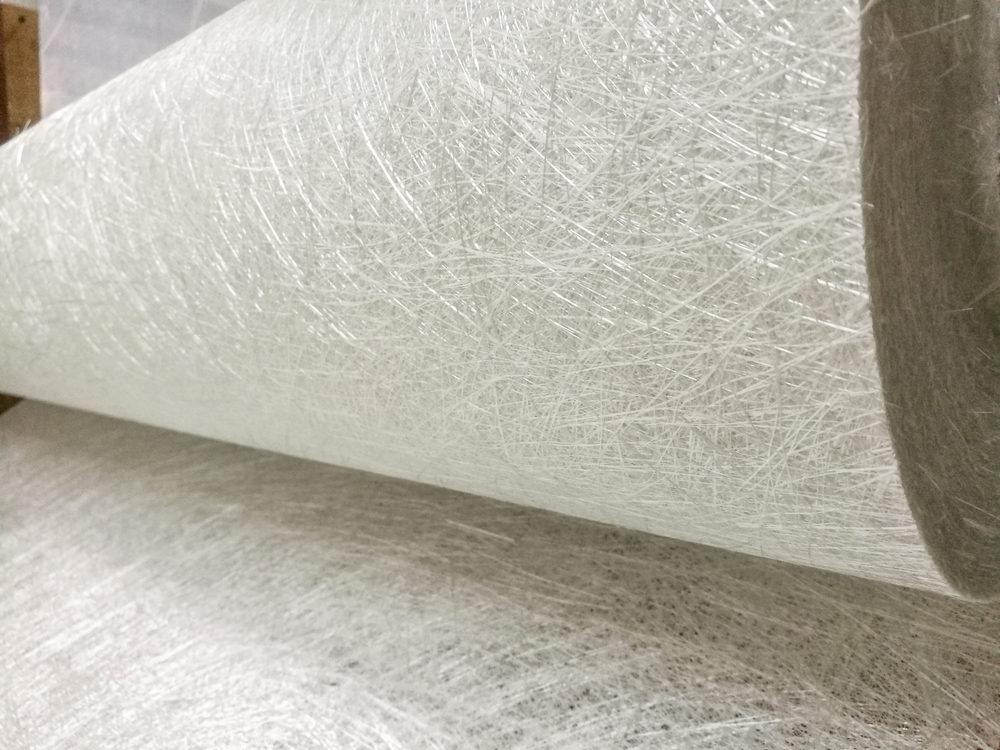Building materials have long been a vital component of the construction industry in Australia, responsible for the countless residential and commercial structures that people use every day. This is why choosing which materials to use in today’s built environment is crucial, with many contractors and developers opting for highly durable, cost-effective, and sustainable choices.
For the longest time, timber and steel have dominated the construction materials market for various reasons. Timber, for one, is generally safer to handle, customizable, and somewhat durable if not exposed to harsh conditions. Meanwhile, steel’s endurance, malleability, and modern look make it the backbone of Australia’s construction sector, with approximately 5.4 million tonnes of steel produced locally annually.
However, a new player has been making a mark in the industry in recent decades, owing to its better qualities compared to traditional building materials. FRP (fibre-reinforced polymer) is a composite product that revolutionized how contractors build nowadays and is becoming the top choice for many projects across the country.

A Modern Alternative to Timber and Steel
FRP composites can provide a more high-end performance over time without causing contractors to spend too much. Yes, they may not totally wipe out traditional materials in the construction industry, but their adoption for projects that will be subject to the harsh Australian weather is inevitable.
Producing them is also much more environmentally friendly. They are usually made when thin roving strands of fibre choice (usually fibreglass, carbon, or basalt) are mixed with a polymer resin matrix, which serves as a binder that holds the fibre choice together. Resins can vary based on the intended purpose of the FRP, but some usual types used include polyester, vinyl ester, and phenolic.
There has been a growing demand for FRP composites in Australia and other parts of the globe, as construction firms view them as a superior substitute to traditional materials like timber and steel. The market for FRP was already valued at around USD 91 billion last year and is expected to climb further in the coming years.
Why Choose FRP Over Timber
· Durability and Longevity
Timber is highly prone to rotting over time as numerous elements come in contact with structures made with this material. It is also very combustible, at high risk of discolouration, and possibly shrinks or swells when it absorbs water. This significantly reduces timber’s lifespan and poses several risks to people using the structure.
On the other hand, FRP offers superior durability and longevity compared to timber, providing several features that make them last. For example, FRP gratings typically have optimal fire resistance and electrical insulation capabilities, making them highly resistant to fires. They also don’t splinter or crack, ensuring the safety of people using FRP structures.
· Low Maintenance
Wood might be the cheapest building material, but the cost to maintain it over time can add up, especially if special upkeep work is needed. For instance, timber structures require regular cleaning, which may require mild soap and other materials. They might also need constant re-sealing and re-staining of protective finishes.
FRP does not need extensive maintenance to maintain its structural integrity in the long run. It does not even need constant monitoring, even if it is exposed to harsh weather conditions, adding to its long-term cost-effectiveness.
· Weight-to-Strength Ratio
Wood is naturally softer than other construction materials, and even a slight impact can cause cracks and chips in timber structures. This is another factor where FRP is superior to timber, as it has the highest weight-to-strength ratio of all building materials on the market today.
Despite being relatively lightweight, they do not break down despite being subjected to significant levels of stress or constant harsh weather conditions. This ensures that structures made with FRP can be safely used in different industries and working environments.
FRP as an Alternative to Steel
· Corrosion Resistance
Steel is highly prone to rust and deterioration when exposed to moisture, chemicals, and a salty coastal or marine environment. This results in the constant need for maintenance work that involves applying protective coatings, galvanizing, or complete replacements, adding to the cost of maintaining the structure.
Meanwhile, FRP is inherently corrosion-free since they are made with synthetic resin and reinforced with composite fibres. They do not rust or degrade even in the most adverse conditions. Eliminating the need for perioding
· Lightweight Nature and Superior Strength-to-Weight Ratio
Although steel is renowned for its strength, it can also be extremely dense and heavy, posing several structural, installation, and logistical issues, especially in remote places. FRP, despite weighing significantly less than steel, provides higher levels of strength for different applications.
They can be easily installed even without the use of heavy machinery, helping developers save money and reduce labour requirements. They are also much easier to transport, which allows for optimal fuel efficiency, as fewer trips are needed to transfer FRP from the manufacturer to the site.
· Design Versatility
One thing about steel is that it offers limited choices when it comes to complex design shapes and forms. They might need heavy machinery and advanced precision tools to achieve the desired design for various structures.
On the other hand, FRP is highly malleable even before production, as it can be easily manufactured and moulded into a wide array of shapes and sizes. This allows engineers to explore creative designs that may not be possible when using steel, such as curved surfaces, intricate hollow structures, or highly detailed panels.
· Fire Resistance
Similar to timber, steel can be highly damaged when exposed to fire and can make structures less safe to use again. FRP can be engineered to resist burning, flame spread, and smoke production, which makes it suitable for environments where the chances of fire are high, such as chemical plants. Unlike steel and timber, FRP does not conduct heat, allowing it to remain cool even in the event of a fire.
Conclusion
FRP has gained significant traction in the construction industry in the past decades as engineers and contractors look for materials that provide the highest level of durability, cost-effectiveness, and safety for their projects. Its remarkable advantages over timber and steel will make FRP a key driver in transforming how future projects are executed, enabling optimal performance, durability, and safety of future structures that will shape the Australian economy.
If you are interested in adopting composite solutions for your projects and are looking for the best Australian supplier, DM Composites is for you. We have been the standout choice for many Australian public and private organizations, consistently delivering quality and sustainable solutions to our partners.
Visit www.dmcomposites.com.au/contact-us if you have inquiries about our products and services.
Beyond Traditional Materials: Exploring the Advantages of DM Composites Solutions


